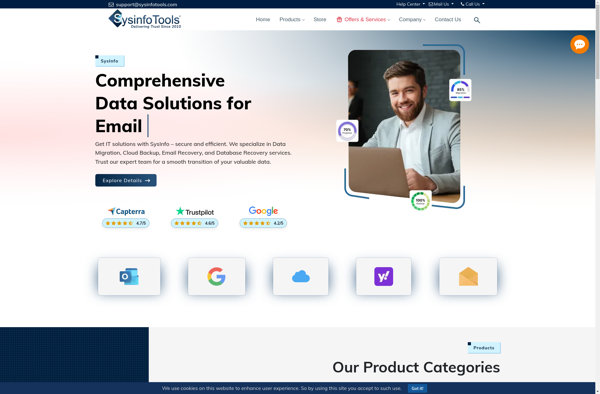QEMU
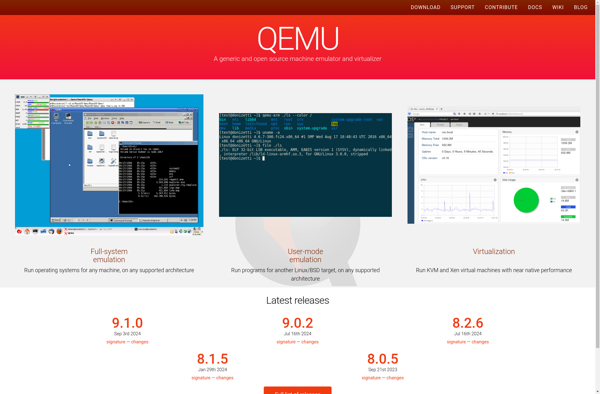
QEMU: Open Source Machine Emulator and Virtualizer
QEMU is an open source machine emulator and virtualizer, allowing you to launch different operating systems without rebooting your physical machine.
What is QEMU?
QEMU is a free and open source hypervisor and machine emulator. It emulates a complete computer system, including the processor, memory, storage, network interfaces and peripherals. This allows you to run software and operating systems written for one machine on a different machine.
Some key features of QEMU include:
- Full system emulation for many processor architectures like x86, ARM, SPARC, PowerPC etc.
- User mode emulation to run processes for foreign architectures on your operating system
- Virtualization with support for KVM, Xen, VMware ESXi and more hypervisors
- Ability to virtualize disks and install operating systems without reboots
- Network emulation including virtual networks, tunnels and direct connections
- Device emulation for hard drives, NICs, audio devices, graphics adapters etc.
- Snapshot functionality to save and restore emulated machine states
- Dynamic translation of guest code to optimize performance
Some common uses cases of QEMU include sandboxing foreign software, OS testing and development, server consolidation, application compatibility testing across OSes and creating virtual appliances. It can be managed via command line as well as graphical frontends like GNOME Boxes.
QEMU Features
Features
- Full system emulation for multiple CPU architectures
- Dynamic translation for fast emulation
- TCG JIT dynamic translator
- KVM acceleration
- User mode emulation
- Virtualization with KVM kernel module
- Snapshotting and live migration of VMs
- Emulation of various devices like disk, network, graphics etc
- Support for many guest operating systems
Pricing
- Open Source
Pros
Cons
Official Links
Reviews & Ratings
Login to ReviewThe Best QEMU Alternatives
Top System & Hardware and Virtualization and other similar apps like QEMU
Here are some alternatives to QEMU:
Suggest an alternative ❐AWS Firecracker
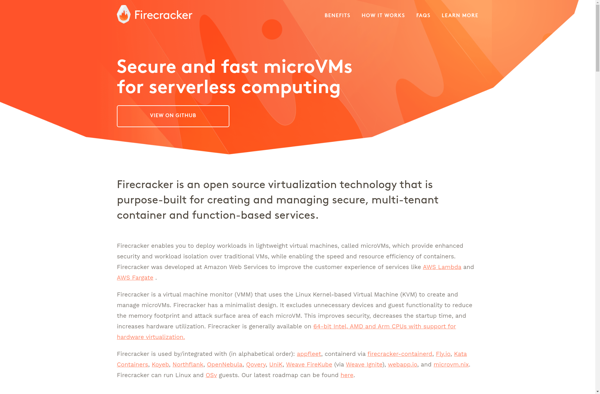
VirtualBox
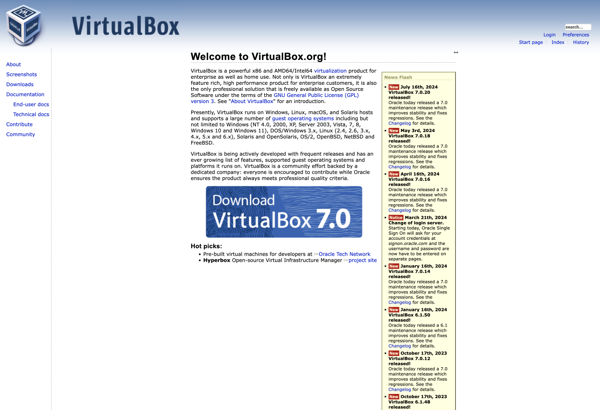
OpenStack

VMware Workstation Pro
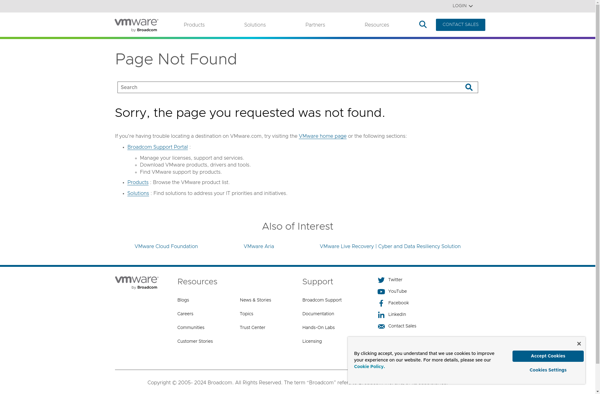
Parallels Desktop
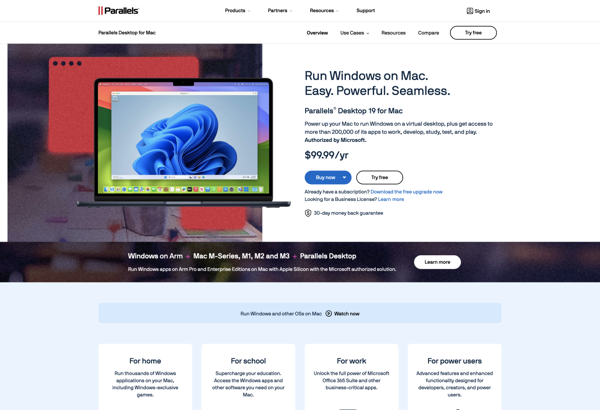
Limbo PC Emulator
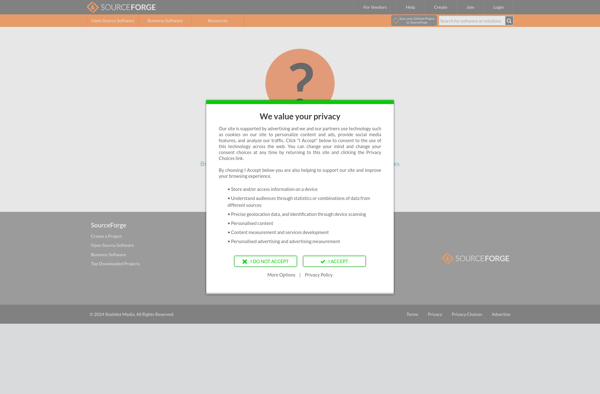
Anbox
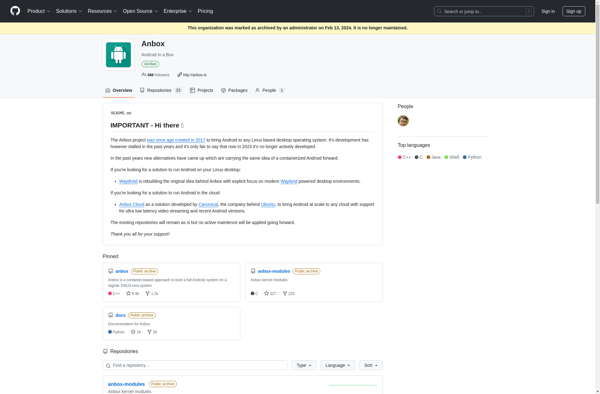
Windows Sandbox
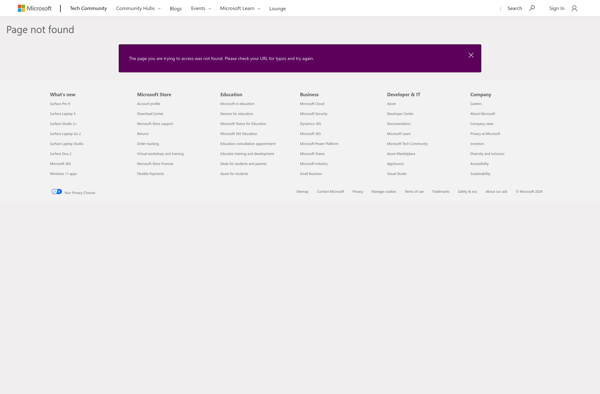
Portable Virtualbox
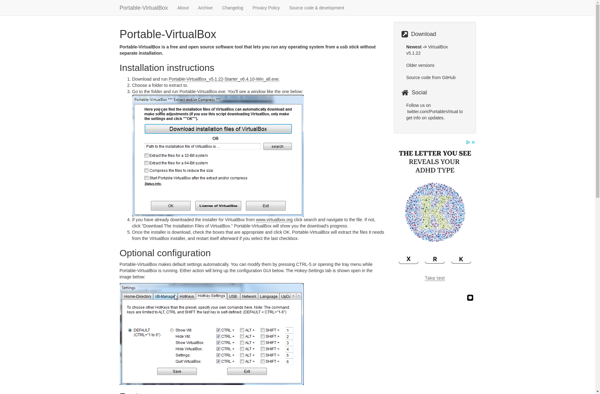
VMware Workstation Player
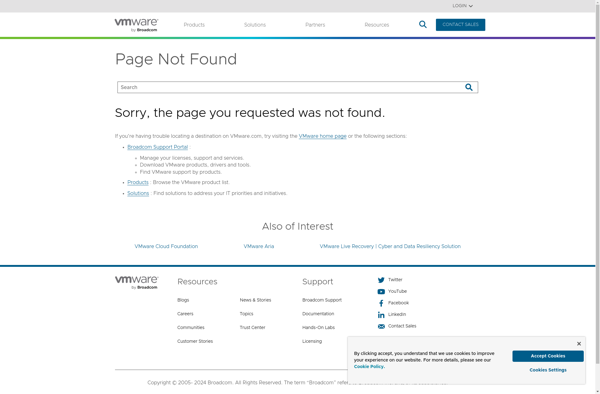
KVM (Kernel-based Virtual Machine)
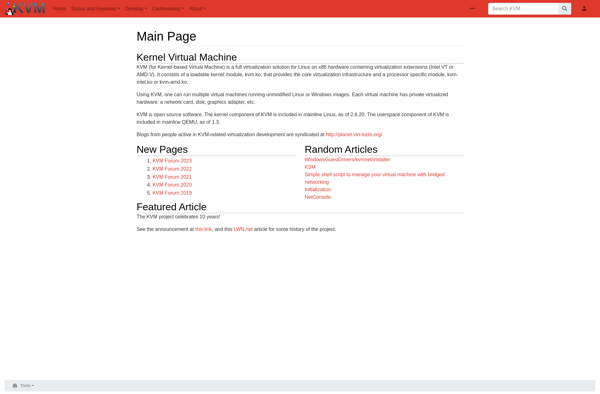
PlayCover
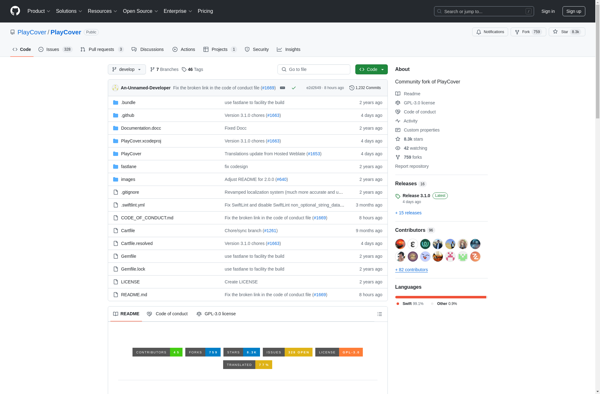
QEMU Manager
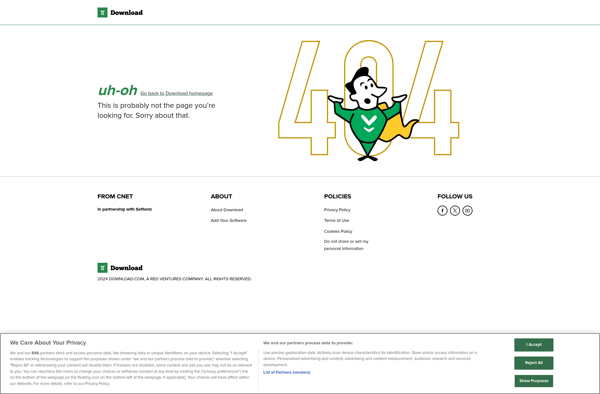
Multipass
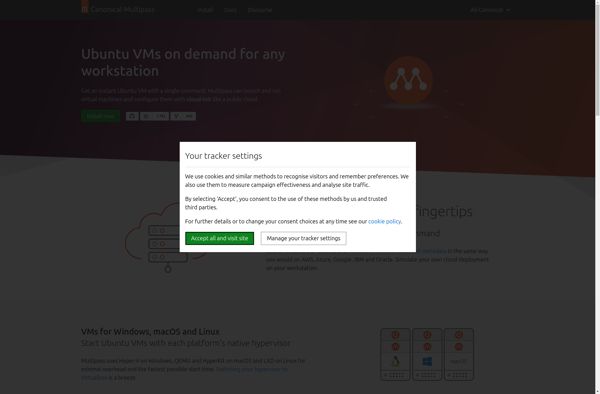
Bochs
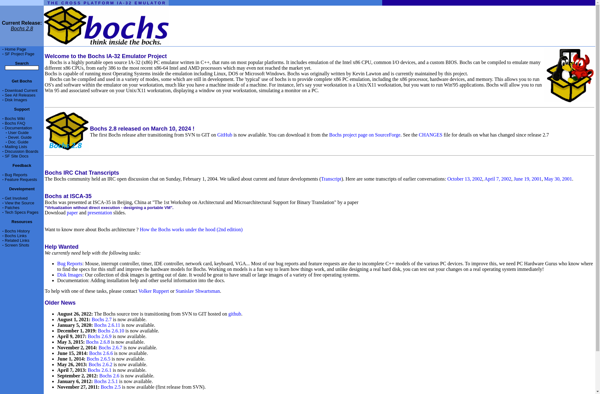
UCS Virtual Machine Manager
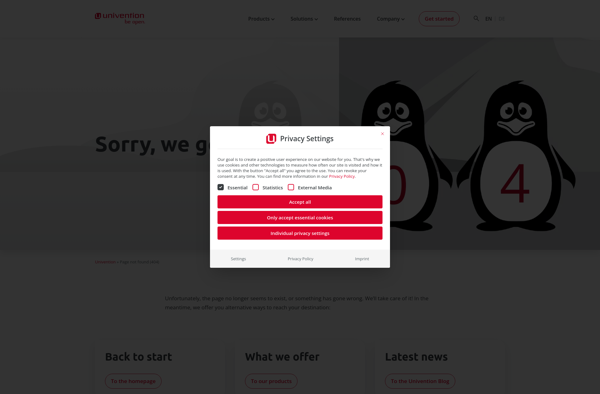
Danube Cloud
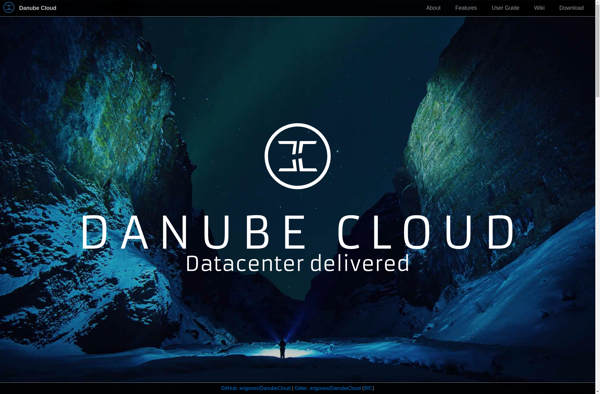
Mojopac
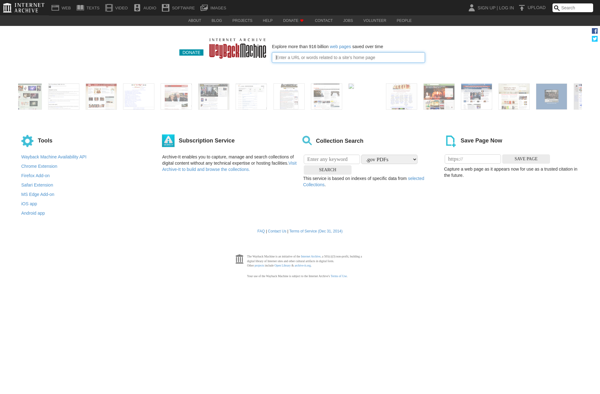
JPCSIM

CoreCluster
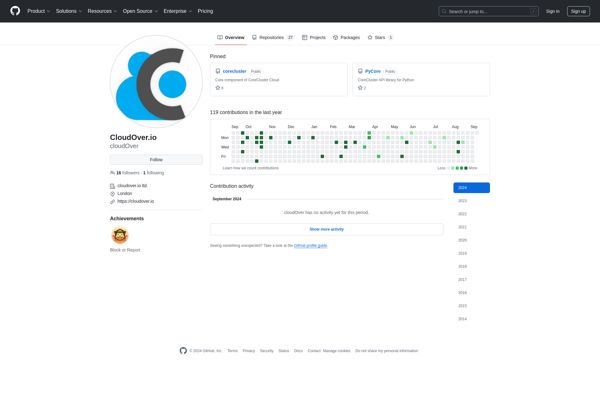
VMLite Workstation

Bhyve
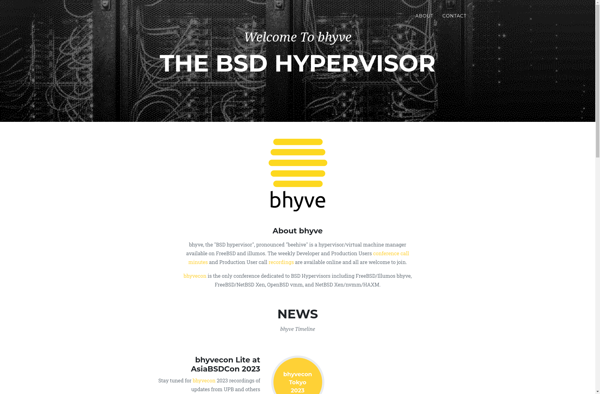
GreenVBox
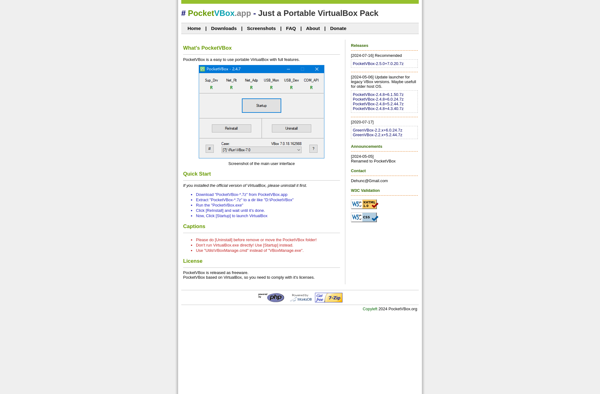
VirtualBuddy
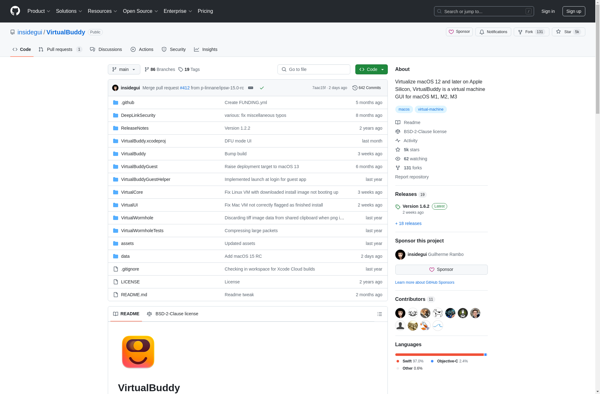
Box86
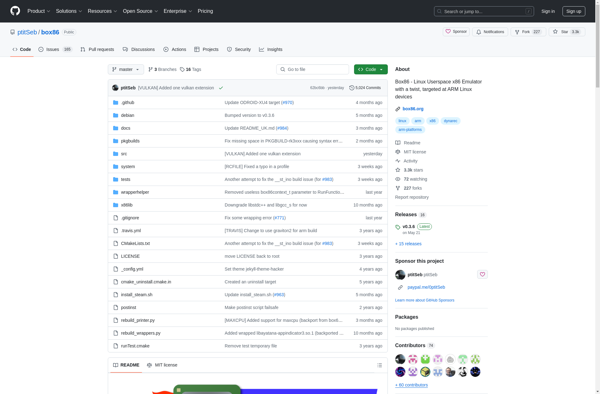
Xhypervisor
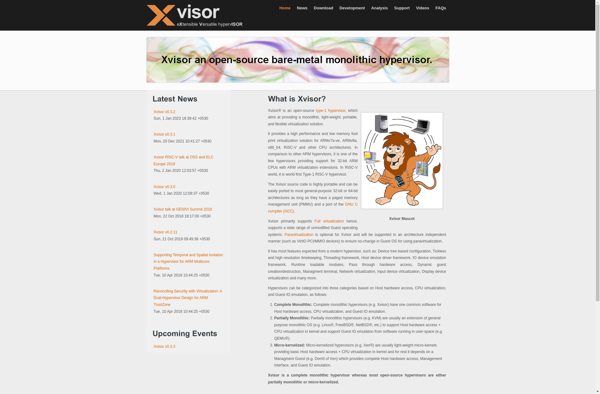
FAUMachine
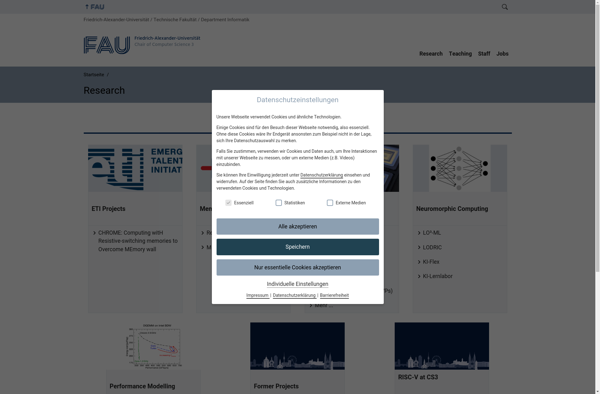
Virtual PC

GNURoot Debian

VMware Server
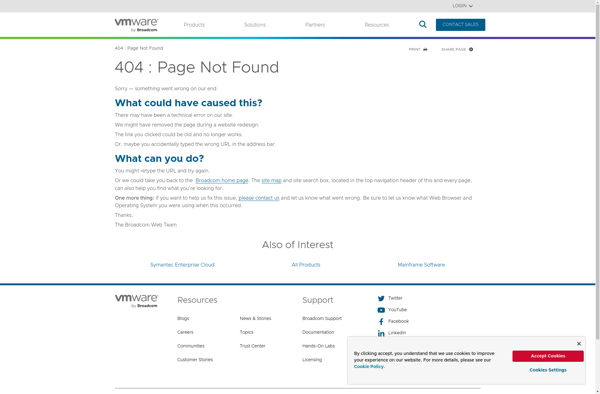
Parallels Workstation
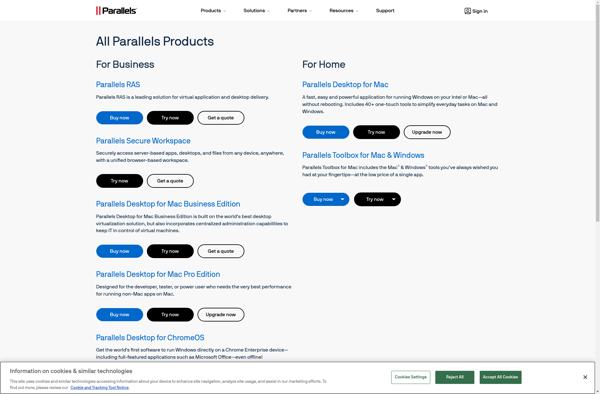
VMLite XP Mode
PearPC
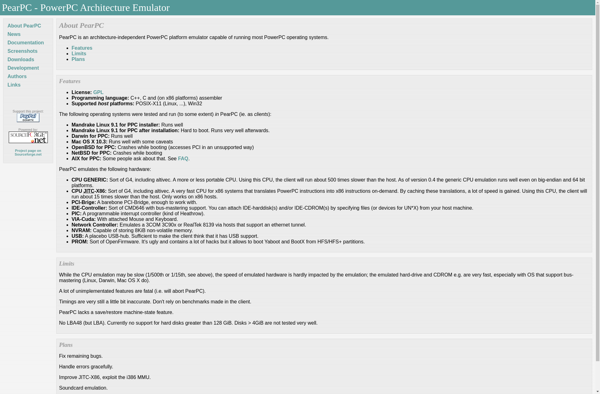
OpenVZ
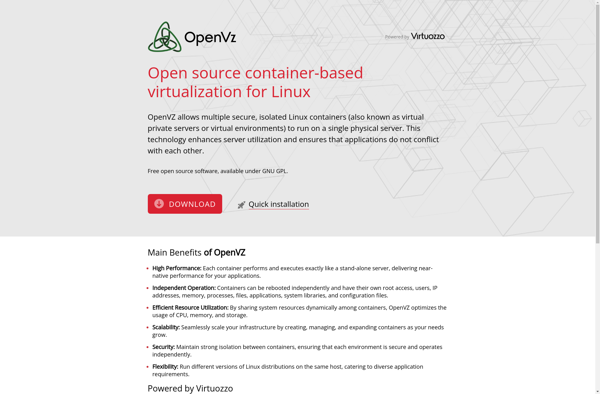
PetiteCloud

SysInfoTools Virtual Disk Machine Recovery Tool
